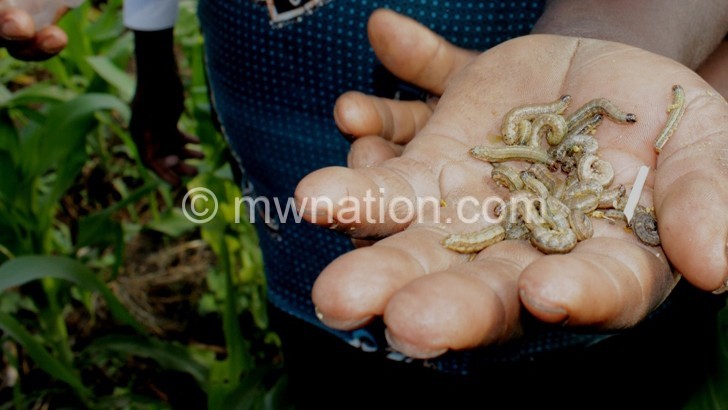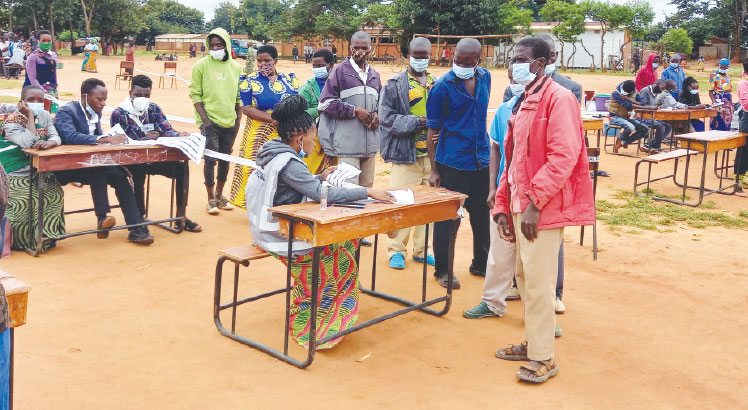3.3m Malawians face hunger—Mvac Report
The 2018 Malawi Vulnerability Assessment Committee (Mvac) Report has projected that at least 3.3 million Malawians will be food insecure this year following a 28.4 percent decrease in maize production.
Meanwhile, Civil Society Agriculture Network (CisaNet) has said the Farm Input Subsidy Programme (Fisp) has failed to address the problem, and has asked government to find a permanent solution to address chronic food insecurity.

According to the report, maize production has decreased from 3 464 139 metric tonnes (MT) as per the 2016/17 Third Round Agricultural Production Estimates to 2 697 959 MT as per the 2017/18 third round estimates.
The affected population will require 138 488 MT of maize relief worth K23.5 million, it states.
A comparison with other countries in the region shows Malawi has the highest food insecure population as Mozambique has 531 476, Zambia has 954 120 and Zimbabwe has 2.4 million people in need of food assistance.
Speaking in Rumphi on Friday at the district executive committee (DEC) meeting to validate the preliminary findings, Mvac member Ethel Luhanga-Mwalughali, who is also chief nutritionist in the Department of Nutrition, HIV and Aids, said maize production has decreased due to unfavourable weather conditions and a reduction in hectarage due to price disincentives.
She said this has been the case in the past five years as on average, maize production has decreased by 20.3 percent.
Said Mwalughali: “Dry spells in between December and mostly in the Southern part of the country and some districts in the Central Region affected most key crops, including rice production which has also reduced from 121 079 MT to 112 313 MT, representing a 7.8 percent decrease.”
She said flooding, late tailing-off of the rains and fall armyworm infestation have also affected crop production in some areas.
The most affected are districts in the Southern and Central regions.
The report indicates that of all the eight agricultural development divisions (ADDs), only Karonga registered a 6.5 increase in maize production, while the rest have a deficit.
Machinga ADD has the highest deficit at 54 percent, Blantyre (45 percent), Kasungu (32.7 percent), Lilongwe (24.8 percent), Salima (23.1 percent), Shire Valley (11.5 percent) and Mzuzu (4.5 percent).
NFRA has since contracted the Auction Holdings Commodities Exchange (AHCX) to buy and deliver 32 000 metric tonnes (MT) of maize to its storage facilities.
On his part, Cisanet programmes director Alfred Kambwiri urged government to find a permanent solution to address chronic food insecurity in the Southern Region.
He said Fisp has failed to address food insecurity as it benefits the same people who are also targeted with relief food items.
Said Kambwiri: “It has been a trend for years that most of the food insecure are from the Southern Region. To begin with, the report needs to clearly outline the amount of food the country has. In this case, they should be able to outline how much Admarc and NFRA have in their depots as well as private traders.
“It is not that we don’t have food as a country. It’s just that in lean months there will be some households that will struggle. But that does not mean we should panic to the extent of buying food from outside the country.”





